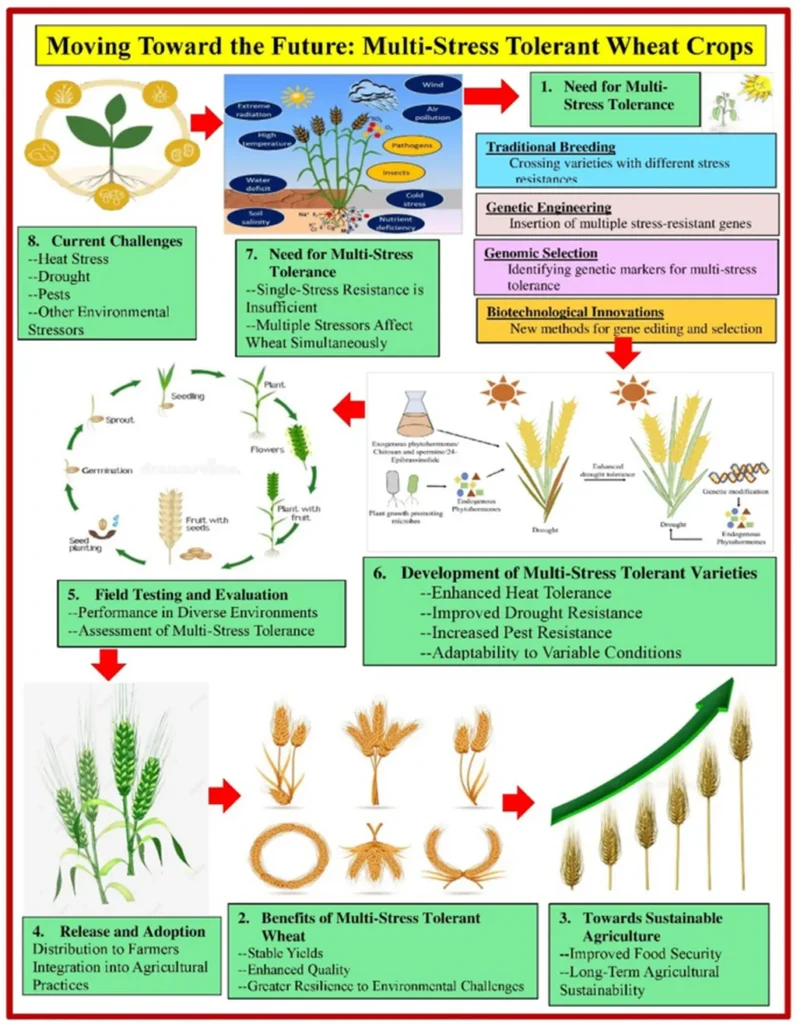In the heart of China’s Huanghuaihai Farming Region (HFR), a critical hub for global wheat production, researchers have uncovered new insights that could revolutionize how we model and manage winter wheat crops under varying nitrogen and water stress conditions. The study, published in *Agricultural Water Management*, conducted a global sensitivity analysis of the STICS model, a tool widely used to simulate crop growth and yield.
The research, led by Shuaijie Shen from the State Key Laboratory of Aridland Crop Science at Gansu Agricultural University and the College of Agronomy and Biotechnology at China Agricultural University, identified key parameters that significantly influence winter wheat growth and yield. These parameters include the nitrogen critical dilution curve (bdil and adil), leaf lifespan (durvieF), and the coefficient for water requirements (kmax). The findings suggest that these parameters should be calibrated under specific stress conditions to improve model accuracy.
“Our results revealed that parameters such as nitrogen critical dilution curve and leaf lifespan are highly sensitive to nitrogen stress,” Shen explained. “Similarly, the coefficient for water requirements critically affects the responses of winter wheat to water stress.”
The study also highlighted the importance of soil properties, such as finert, pH, and HMINF, in mediating nitrogen-water stress effects. Interestingly, parameter sensitivity varied across growth stages, with stlevamf exhibiting high sensitivity during the jointing stage but showing negligible effects at other stages.
The implications for the agriculture sector are substantial. Accurate modeling of crop growth under various stress conditions can lead to more informed decision-making, optimizing nitrogen and water management practices. This can result in increased yields, reduced input costs, and improved sustainability, all of which are crucial for meeting the growing global demand for wheat.
“After calibration and validation, STICS effectively simulated winter wheat under various nitrogen and water management scenarios,” Shen noted. The model achieved a relative root mean square error (rRMSE) of 21% for leaf area index (LAI), 8% for biomass, and 10% for yield, indicating its robustness and reliability.
This research not only provides critical insights for improving the STICS model’s accuracy in simulating winter wheat under various nitrogen-water management practices in the HFR but also sets a precedent for similar studies in other agroecological regions. As the world grapples with the challenges of climate change and resource scarcity, such advancements in agricultural modeling are more important than ever.
By understanding and leveraging these key parameters, farmers and agronomists can better navigate the complexities of crop management, ensuring food security and economic stability for communities worldwide. The study’s findings are a testament to the power of scientific research in driving agricultural innovation and shaping the future of farming.

